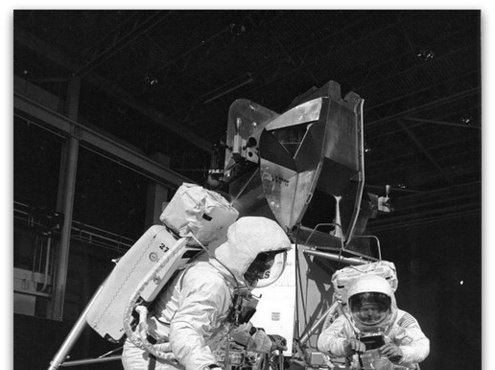
Actress Elizabeth Bowen compared the sound to “that scene in the movie where you run into a satanic cult in the middle of the woods.”
NASA tweeted today an audio recording of sounds coming from the pressure waves of black holes and then passing through a group of galaxies. The sounds are pretty creepy, reports Business Insider.
“There is a false assumption that there is silence in space because space is mostly a vacuum, through which sound waves cannot travel. The galaxy cluster has so much gas that we were able to record the sounds,” NASA tweeted.
The human ear simply cannot hear this sound because of its depth. The Chandra observatory has captured data from X-ray-visible ripples in the Perseus galaxies that resemble quiet sounds. Not long after, NASA switched the sound from the original register to one that humans can hear. It is a frequency that is 144 and 288 quadrillion higher than the original.
Although NASA first released the video in May, it only went viral today and caused an avalanche of reactions.
“This is cool and very, very creepy,” CNN anchor Jim Sciuto tweeted.
The Twitter account for the BlindBoy podcast reported that the black hole sounded like “billions of souls in agony,” and Canadian actress Elizabeth Bowen compared the sound to “that scene in the movie when someone runs into a satanic cult in the middle of a forest.”
“Everyone talks about how creepy this is, but the scariest thing to me is how the sound just stops,” says astronomy blogger Phil Plait.
Let’s recall that when NASA first released the footage, it also shared a slightly more pleasant sonification of the sounds from M87, a black hole whose photo was published by the Event Horizon Telescope project back in 2019.
“That sound also comes from data from the Chandra telescope, but also includes audio interpretations from the Hubble telescope and radio waves from the ALMA astronomy project in Chile. Such a combination requires more creativity than simply adjusting the frequency, and NASA turned it into beautiful music,” the world media reports, adding that the loudest part of the sounds from M87 correspond to the brightest part of the photo – exactly where the black hole is located.








